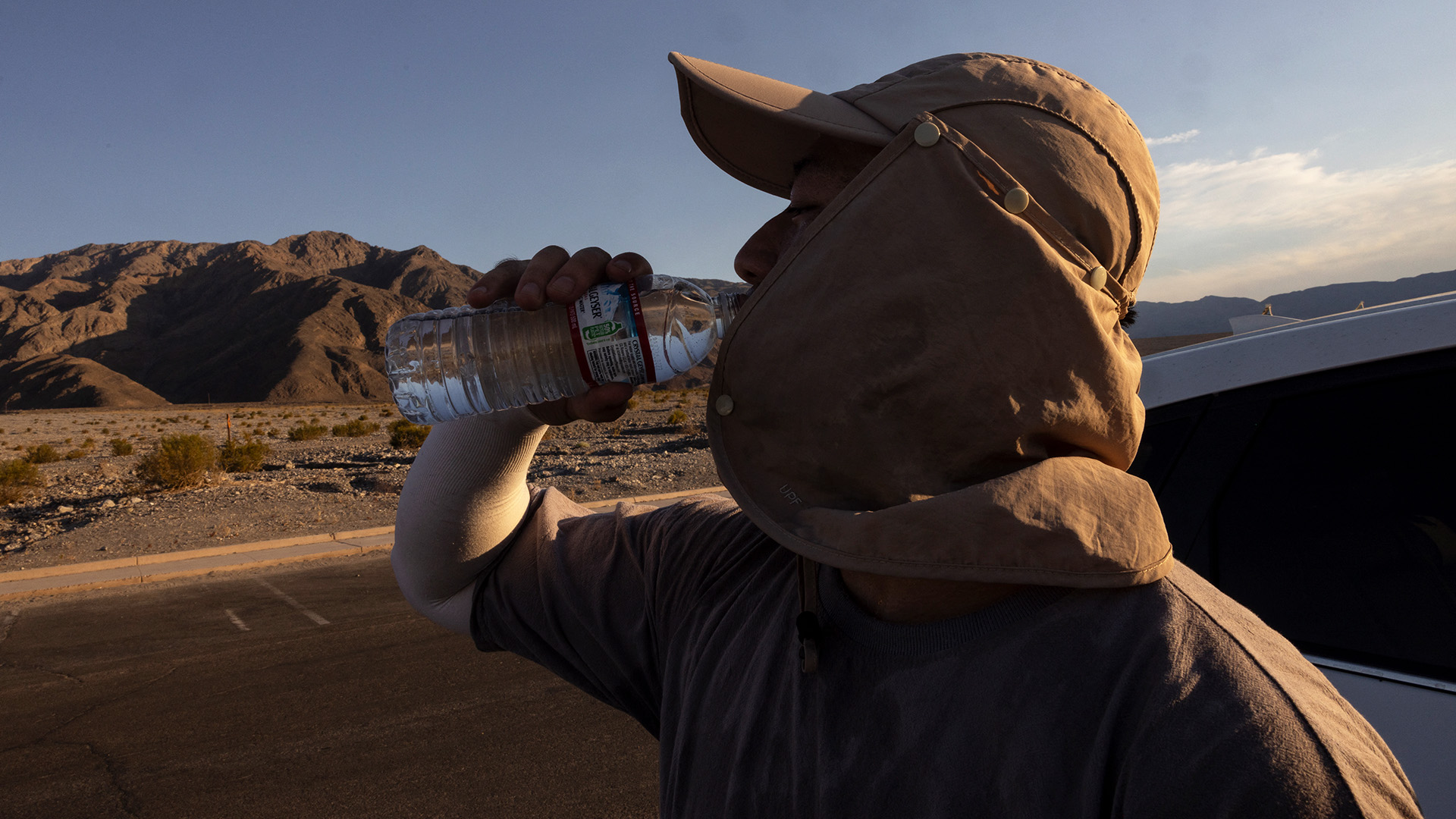Lunar dust could pose serious threat to future moon bases and astronauts: study

Future missions to the moon to establish bases may face a threat we haven’t understood properly in the past.
New research is suggesting rocket exhaust will create a kind of lunar sandstorm that could damage lunar infrastructure and pose a threat to astronauts.
Just this week the vehicle NASA is planning to use for its next moon landing had an apparently successful test. The enormous SpaceX Starship riding its Super Heavy booster successfully made it to space and survived re-entry to reportedly achieve a controlled splashdown halfway around the world from its launch.
NASA has chosen Starship as the vehicle of choice to deliver astronauts to the surface of the moon in a mission currently (and ambitiously) slated for 2026.
SpaceX has a lot to prove in the next two years to be ready for that mission. Starship must demonstrate that it can safely carry a human crew, and that it can reach the moon, land on it and then lift off from the lunar surface.
But regardless of when humans make it back to the moon, it turns out that lunar dust will be an even greater issue than it was thought to be during the Apollo missions of the late 1960s and early 1970s.
Video footage from that descent becomes temporarily blurry as streamers of dust shoot out in all directions, blown by the rocket exhaust.
Dust on the moon behaves differently than dust on Earth. Since there is no air to slow it down, the dust doesn’t billow up into clouds since it’s unable to float without air to support it. Instead it can be thrown great distances, the particles following ballistic paths that shoot out across the surface at high speed.
In fact if you look closely at the dust kicked up by the astronauts’ boots as they walked on the moon, you can see it moving in a way entirely unlike the way dust moves on Earth.

An ex-NASA scientist and specialist in rocket blast effects, Phillip Metzger, now working at the University of Central Florida, is warning in two papers published in the journal Icarus that the flying dust kicked up by landing spacecraft will be a far greater issue than NASA had previously calculated
Updating work done in the 1960s, Metzger’s calculations using data from the Apollo 16 landing, for example, suggest that the relatively small lunar lander kicked up as much as 24 tonnes of dust. That’s four to 10 times what NASA’s previous model estimated.
The gas flow from rocket exhaust blows out dust from the underlying soil that can travel hundreds to thousands of kilometres around the moon due to its thin atmosphere not being able to flow the finer particles, the finest of which can even be expelled into space.
This has enormous implications, especially as future lunar landers, like Starship, will be far larger and heavier, with correspondingly greater rocket exhaust effects than Apollo generation craft.

It’s not just a matter of a mess, either. Lunar dust is quite different from dust on Earth, posing significant threats to equipment and astronaut health.
The surface of the moon has been bombarded by objects big and small for billions of years, a process that continues today. This has produced a dust made of tiny mineral shards with very sharp edges that covers the moon’s surface.
Since there is no weather on the moon to blow the dust around and round out those edges, they retain their jagged shape, which makes them adhere to surfaces more easily.
The bombardment also strips electrons off the particles giving them a positive static electric charge, enhancing their sticking ability.
During Apollo 17, the last mission to the moon, Gene Cernan and Harrison Schmidt spent three days walking and driving around on the moon. Their white space suits became almost entirely covered in the grey dust. When they crawled back into their lunar module, the dust got everywhere, including into their lungs.

There were concerns that the gritty material would clog equipment inside and interfere with the joints on their spacesuits.
Fortunately, neither astronaut suffered any ill health and the spacecraft performed perfectly. But lunar dust is an ongoing concern for future plans to return to the moon, build a colony there and stay on the surface far longer than three days.
One solution to the rocket exhaust problem is to build launch and landing pads with hard surfaces and surrounded by walls to reduce the amount of dust blown around. Rovers and other mobile equipment will need dust shielding for moving parts while spacesuits will need to be more dustproof than the older designs.
Inside habitats, spacesuits and equipment used outside will have to be left in areas isolated from the living quarters.
If you think dust is a nuisance in your home, dust on the moon will need to be taken very seriously.



;Resize=(620))
